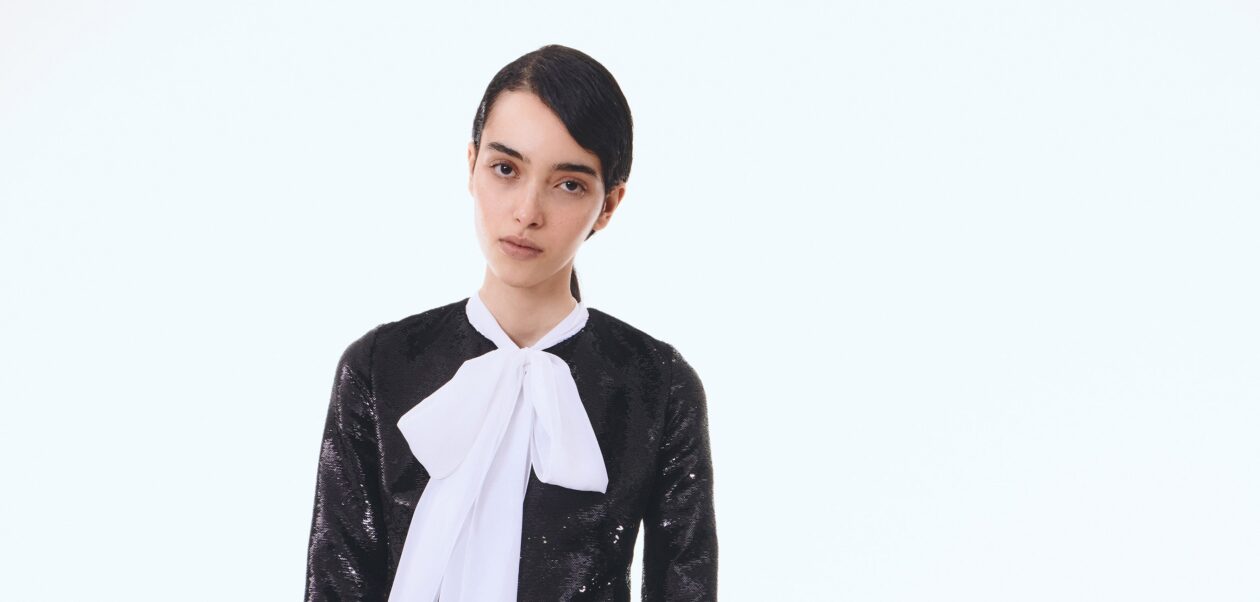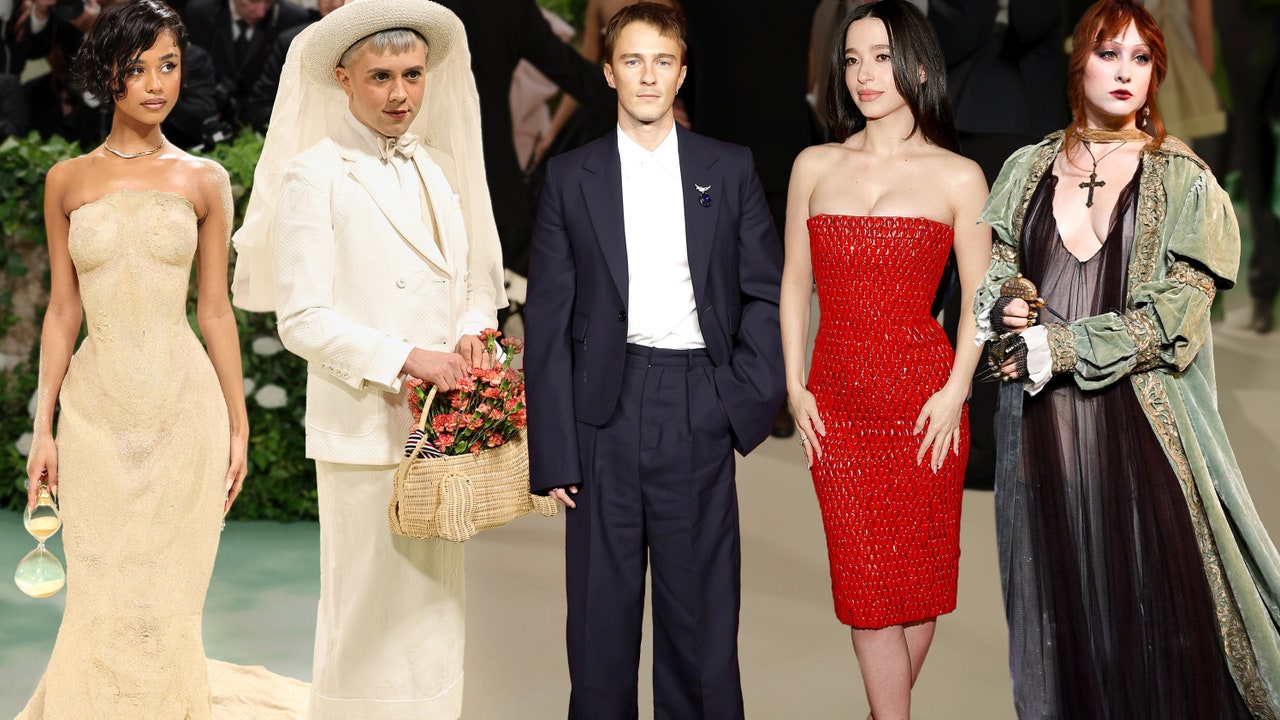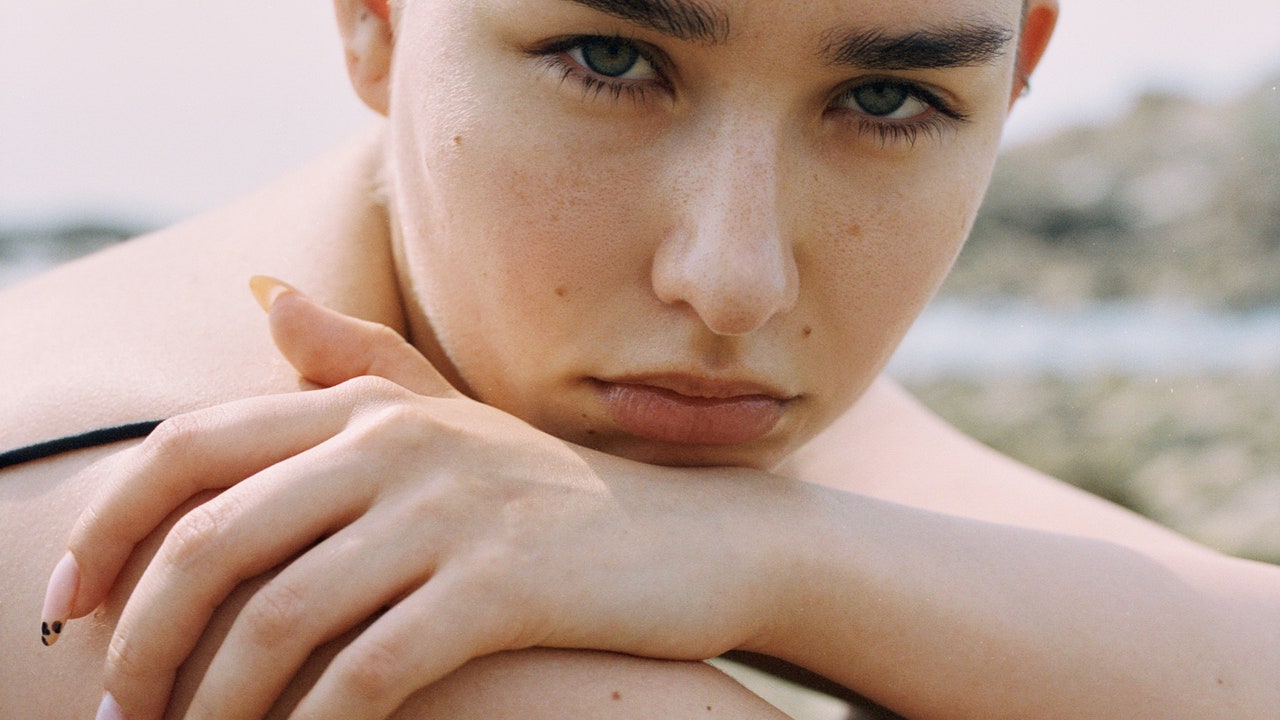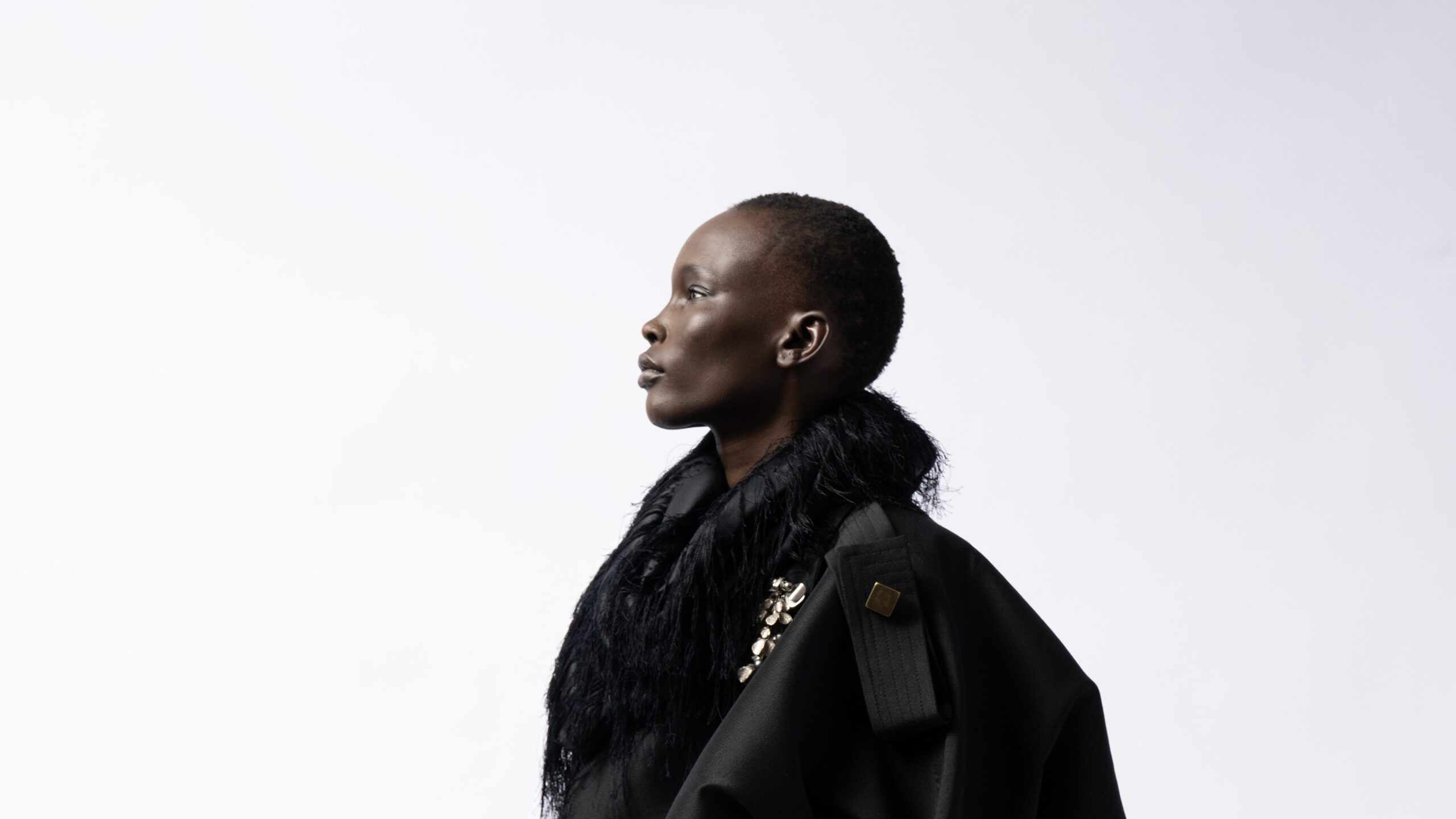An upbeat Giambattista Valli (sans his pearls) took a break from couture fittings to speak to Vogue Runway via Zoom about his pre-fall collection, and to ruminate on the state of the industry. The designer, who is holding on to a new-year mindset, is loath to have to categorize his work, whether that means designating a type of dress or the milieu in which he works. That said, Valli is careful with his words. Believing the luxury concept has been sullied, the designer is firmly focused on the idea of excellence, which he pronounces lavishly in the protracted French way. “Excellence, it’s something [other than luxury],” he explained. “It’s really the ultimate, exquisite way to make, think, or to realize . . . the dream that you have and that has to be a hundred percent honest to the final customer… I think it’s very important to give value with the price.”
He put this idea into practice with a collection in which the expected Valli prettiness (florals, embroidery, tulle, draped jersey) is tempered with a slightly—for him—harder edge. It’s a ground-up approach that has some models in Mod-ish loafers with platform soles and metallic bows rather than the pennies that he used for fall 2020. (The same bows are used on high heels.) The loafers looked just right with the rah-rah skirts shown with a bra top or chunky sweater, and the neat geometric looks that are very early ’60s Lee Radziwill, but with an unexpected lightness. “There is this very quiet boy-meets-girl conversation,” noted Valli. “There are all these men’s fabrics cut in this feminine way, rough fabrics [cut] in a tender and poetic way.” Continuing this union of opposites, tweed is trimmed with lace, and flat sequined material is cut as if it were wool. And it was refreshing to see a tulle dress paired with a dry gray woven jacket. More of that kind of styling would have prevented this pre-fall offering from feeling like it could be divided into stand-alone day and occasion sections. That said, designers have to cover a lot of ground with pre-season offerings.
Latter-day Françoise Hardys and Sylvie Vartans should take note: as Valli noted, this was not a destination collection; his focus was on city life and showing his Parisian side. If you want to, you can see shades of Courrèges or very early Emanuel Ungaro (both were acolytes of Cristóbal Balenciaga, and Valli was once the creative head at Ungaro) in the short and geometric silhouettes. One of the reasons that neo ’60s pieces look fresh is their association with a time of youth, expansion, possibility. It’s an era that Valli returns to often. “It was the moment that people were really opening to new cultures,” he said. “I really wish that we can find a new way… to have that kind of open vision of accepting talents and without judging.”




